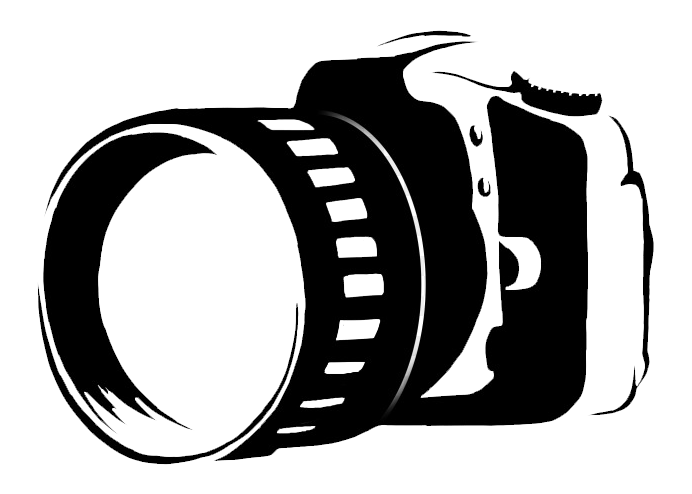What is the history of Halloween?
The history of Halloween can be traced back over 2,000 years to the ancient Celtic festival of Samhain. Here is a brief overview of the historical evolution of Halloween:
Ancient Celtic Festival of Samhain (c. 800 BC):
Samhain was celebrated by the Celts in what is now Ireland, the United Kingdom, and northern France. It marked the end of the harvest season and the beginning of winter.
It was believed that on the night of October 31st, the boundary between the living and the dead was blurred, allowing spirits and other supernatural entities to roam the Earth.
To ward off these spirits, people lit bonfires and wore costumes made of animal heads and skins.
Roman Influence (43-410 AD):
The Roman Empire conquered much of the Celtic territory, and over time, Samhain merged with two Roman festivals, Feralia and Pomona.
Feralia was a day to commemorate the passing of the dead, while Pomona was a festival dedicated to the Roman goddess of fruit and trees. This fusion introduced elements of apple bobbing and nuts as divination methods into the celebrations.
Christian Influence (7th-8th Century AD):
In an effort to Christianize Celtic traditions, Pope Gregory III designated November 1st as All Saints’ Day, a day to honor saints and martyrs.
The night before, October 31st, became known as All Hallows’ Eve (Hallowe’en), and the traditions of Samhain were gradually incorporated into these Christian observances.
Medieval and Early Modern Period (c. 16th-19th Century):
Halloween evolved in Europe, particularly in Scotland and Ireland, with customs like costuming, carving turnips (later pumpkins in the United States), and the practice of “souling,” where people went door-to-door offering prayers for the dead in exchange for food or coins.
Irish and Scottish Immigration to North America (19th Century):
The influx of Irish and Scottish immigrants to North America in the 19th century brought Halloween traditions with them. It became more secular and community-focused, with a focus on parties, trick-or-treating, and costume parades.
Commercialization and Modern Halloween (20th Century):
In the 20th century, Halloween became increasingly commercialized, with the sale of costumes, decorations, and candy.
Trick-or-treating became a popular activity for children, and the holiday evolved into a more lighthearted, festive occasion.
Today, Halloween is celebrated in many countries around the world, with various customs and traditions. It has become a holiday associated with costumes, haunted houses, parties, and the exchange of sweets. It still retains some elements of its ancient and religious roots, but for many people, it’s a fun and spooky celebration of the fall season.
let’s to see video from our YouTube channel.
If you want to see more post, please click here.
